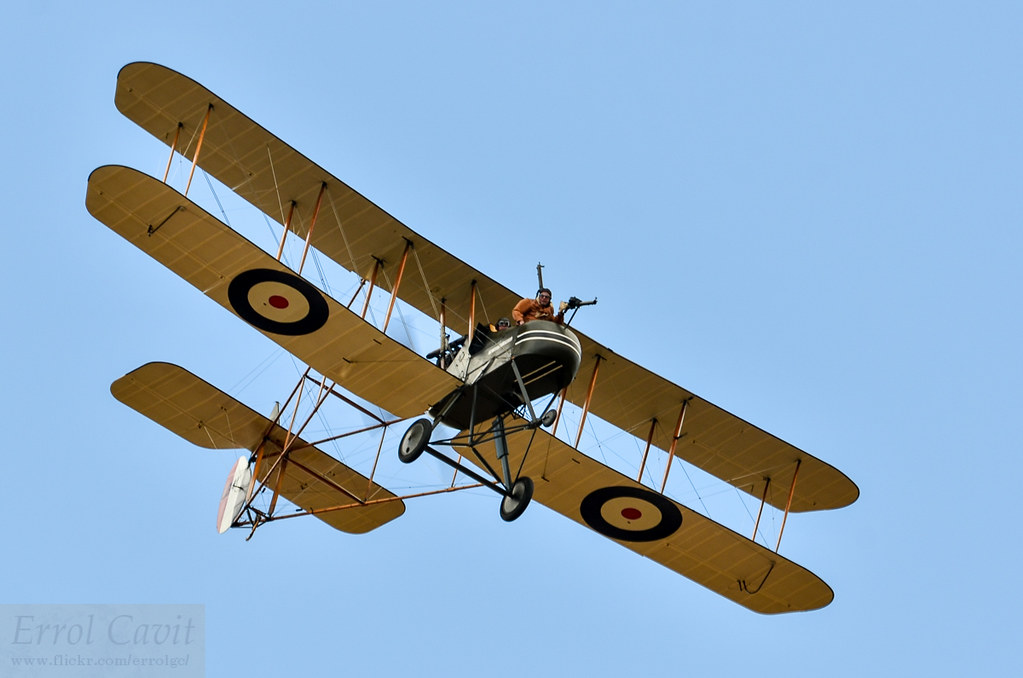I'm so in favour of that although given the lack of a magic money tree I reckon the "Dear Readers" would put it in the ASB camp!
Not necessarily - depends on how it was done.
e.g. 193n - cross departmental "standardisation and cooperation" committee set up.
Establishes standards for
1) Army/navy/air force vehicles - similar to Canadian Military Pattern, but empire wide.
For stuff as simple as spark plugs, headlight bulbs and headlights, ensuring they are interchangeable as far as possible.
Also wheel and tyre sizes, chassis sizes, etc.
Not insisting that everything is the same, but that they are, as far as possible, interchangeable.
So that the standard chassis would have standard connection points, so a variety of engines (which would have standardised connection points to match) could be fitted.
Extend that to AFVs, and standardise on Horstmann suspension.
2) Cross force agreement on weapon calibres and types, as far as possible, e.g standardisation on light AA
As a sideline this could also sort out the buggers muddle in the RN on middle calibre guns.
The army only having smoke for the CS tanks.
And later on having guns that don't fit in the turrets.
3) Standardisation and standards imposed on shadow factories.
Leads to a row with Nuffield, and building the Castle Bromwich factory goes to Vickers.
4) New technology & research also comes to the committee, so radio & radar development is rationalised across the 3 services.
5) Sub committee on planning (having plans for industrial expansion, knowing who can build what, and alerting them to what is expected ahead of time).
6) Sub committee on doctrine (have to know how the forces plan to use the kit, in order to know what standards to write, and how they will work together).
Being questioned on stuff tends to concentrate minds on assumptions, and forces people to justify decisions.
Doesn't necessarily change things completely, but does clarify the various options, and the thinking behind them.
None of that costs a penny, and could even save a lot.
 Wairarapa15_3601flr
Wairarapa15_3601flr